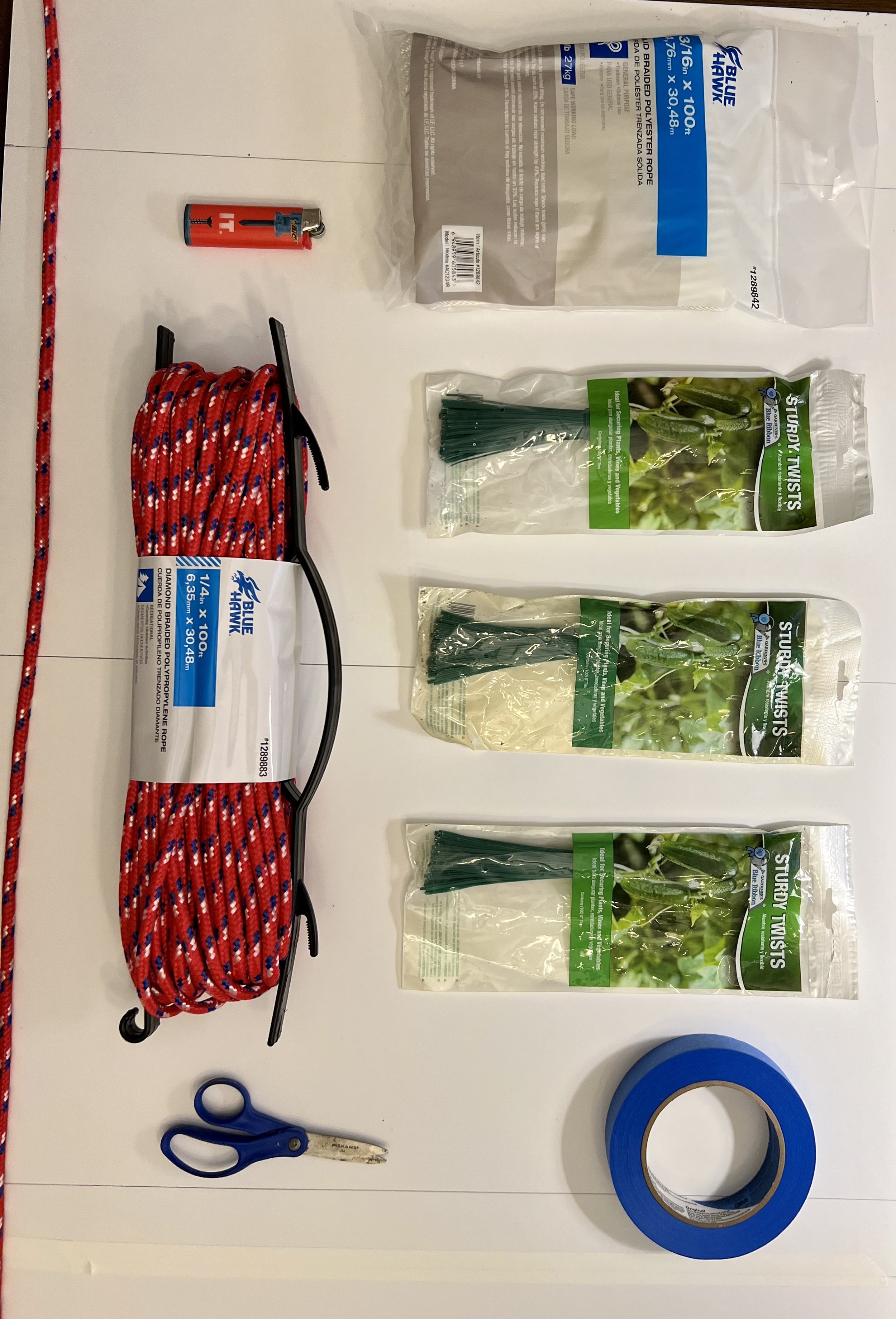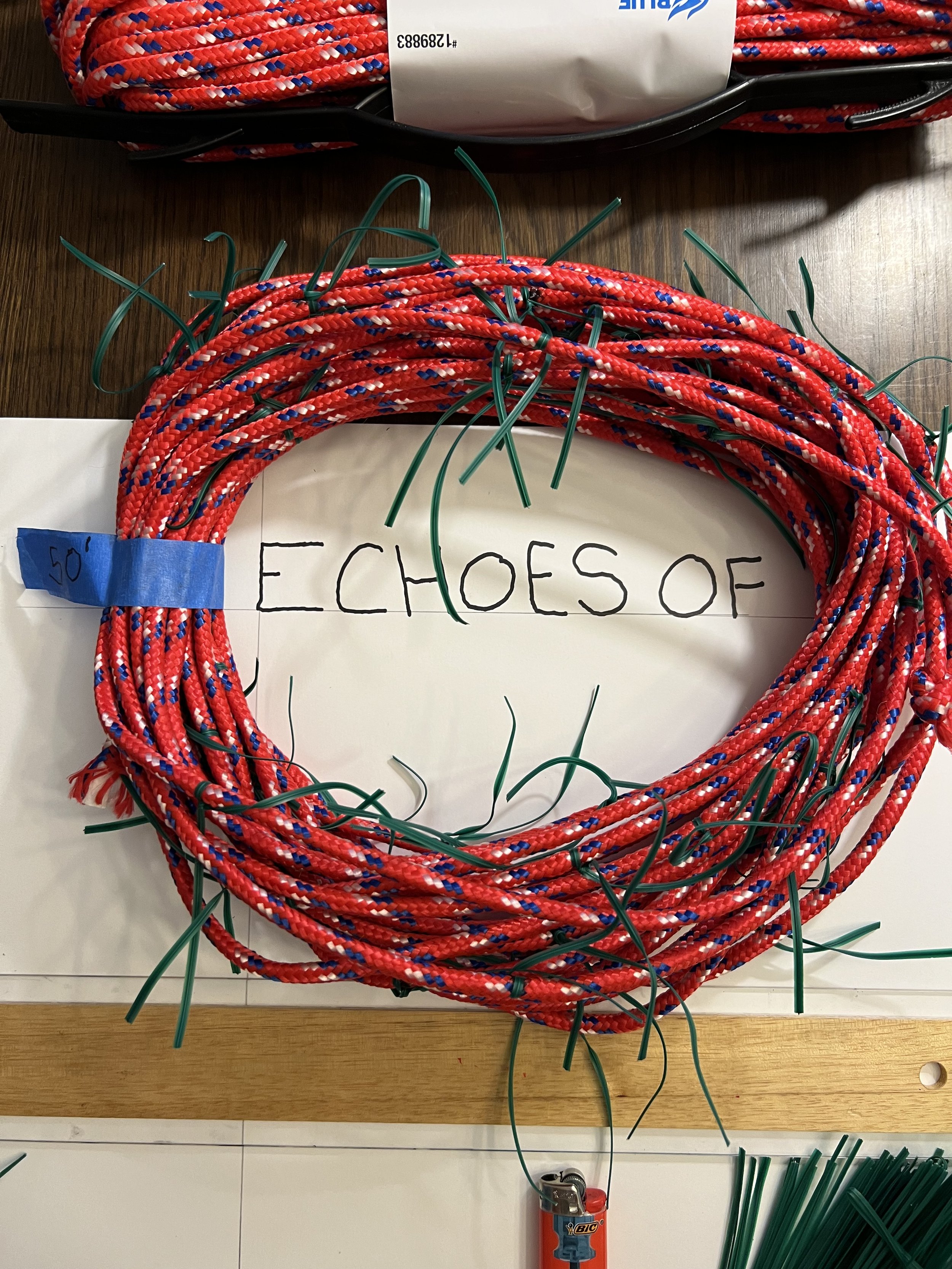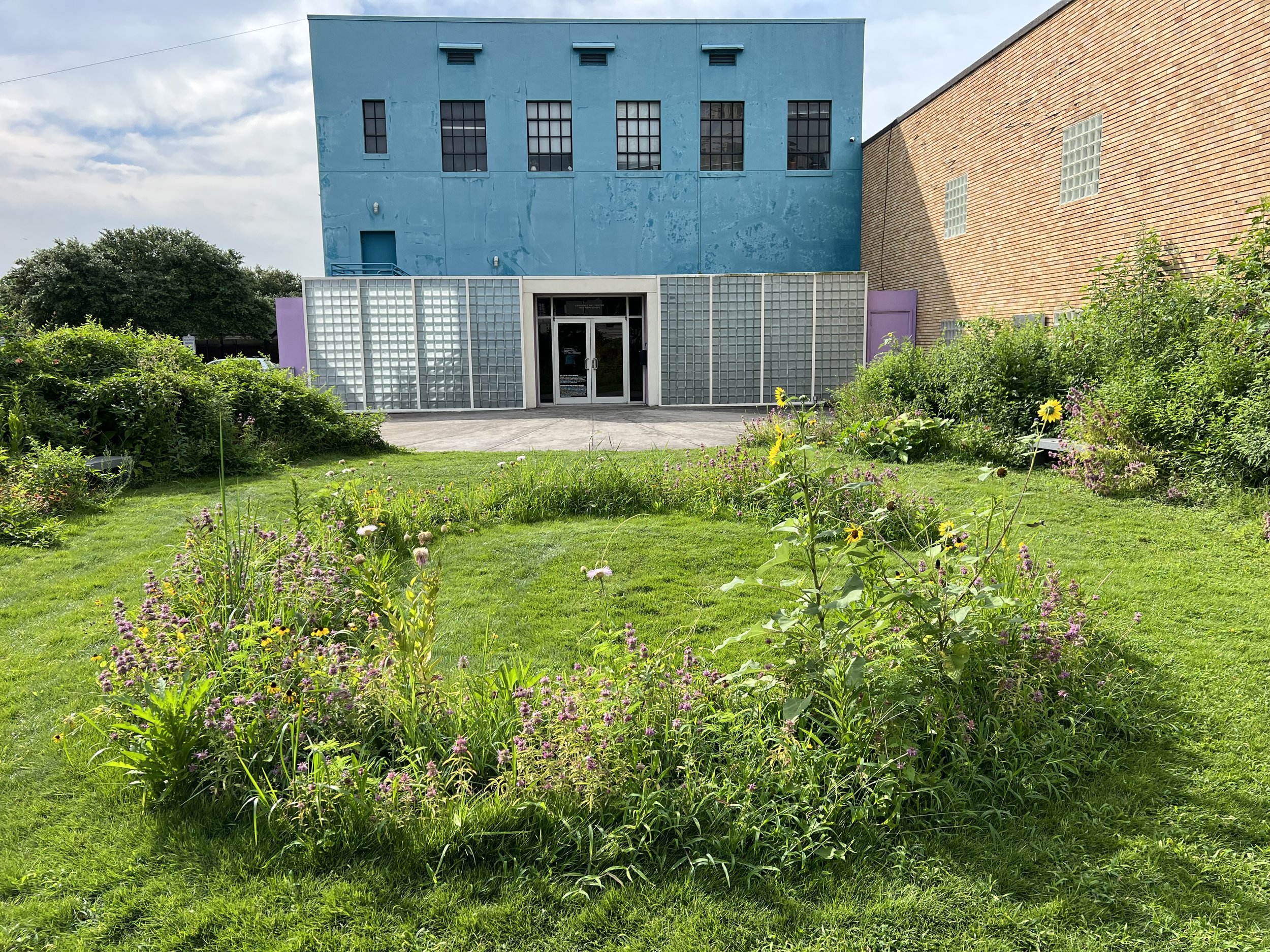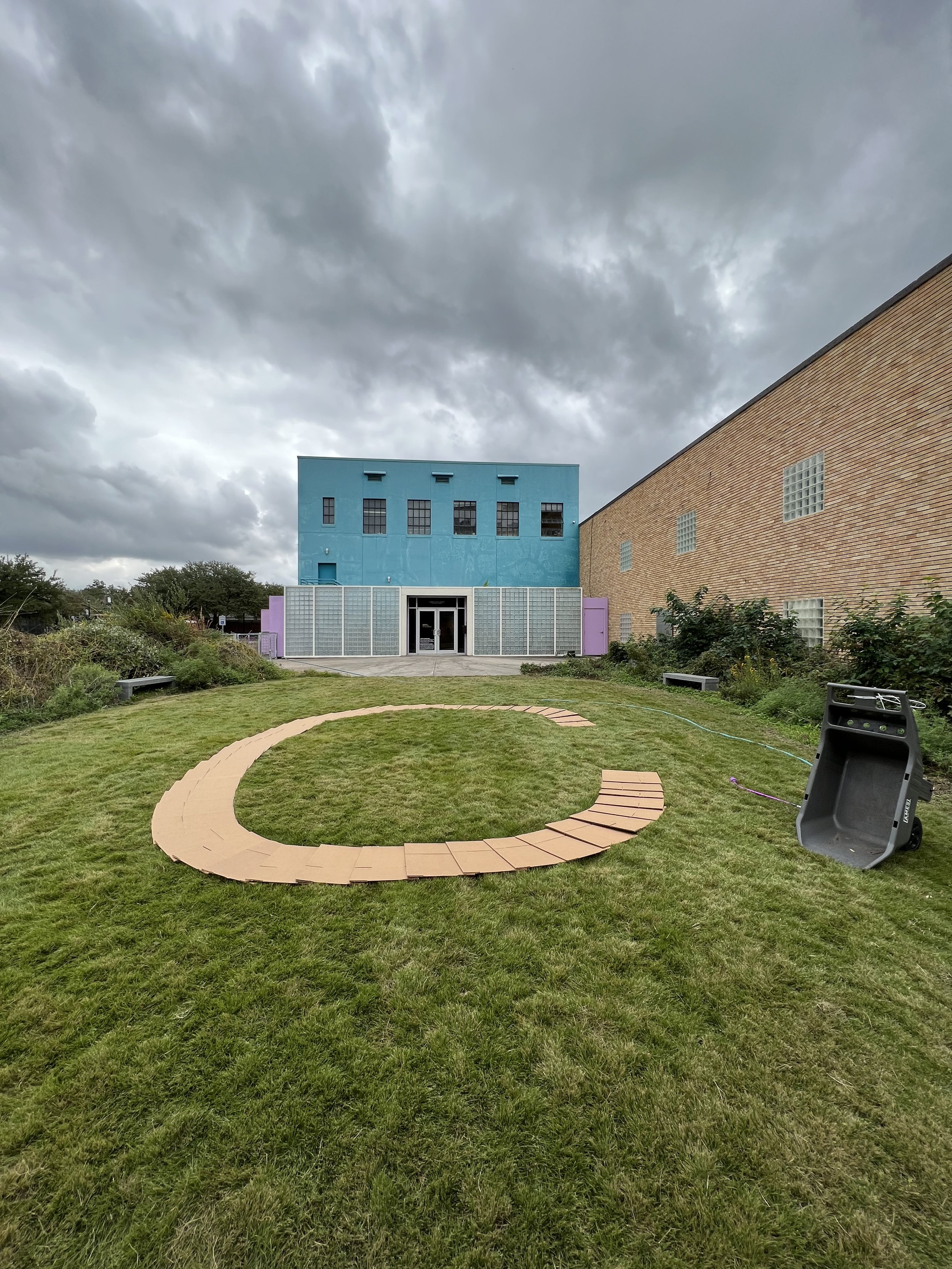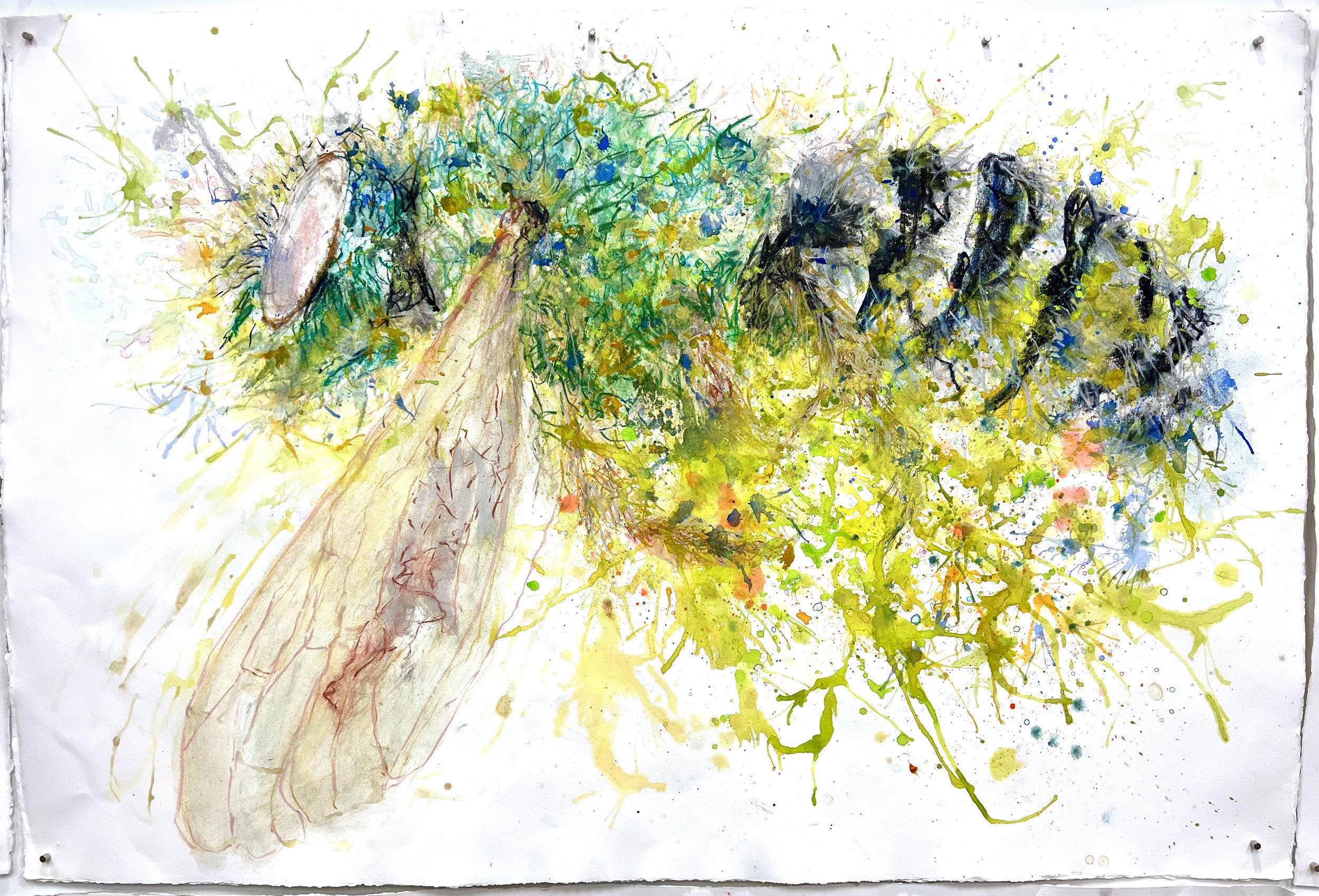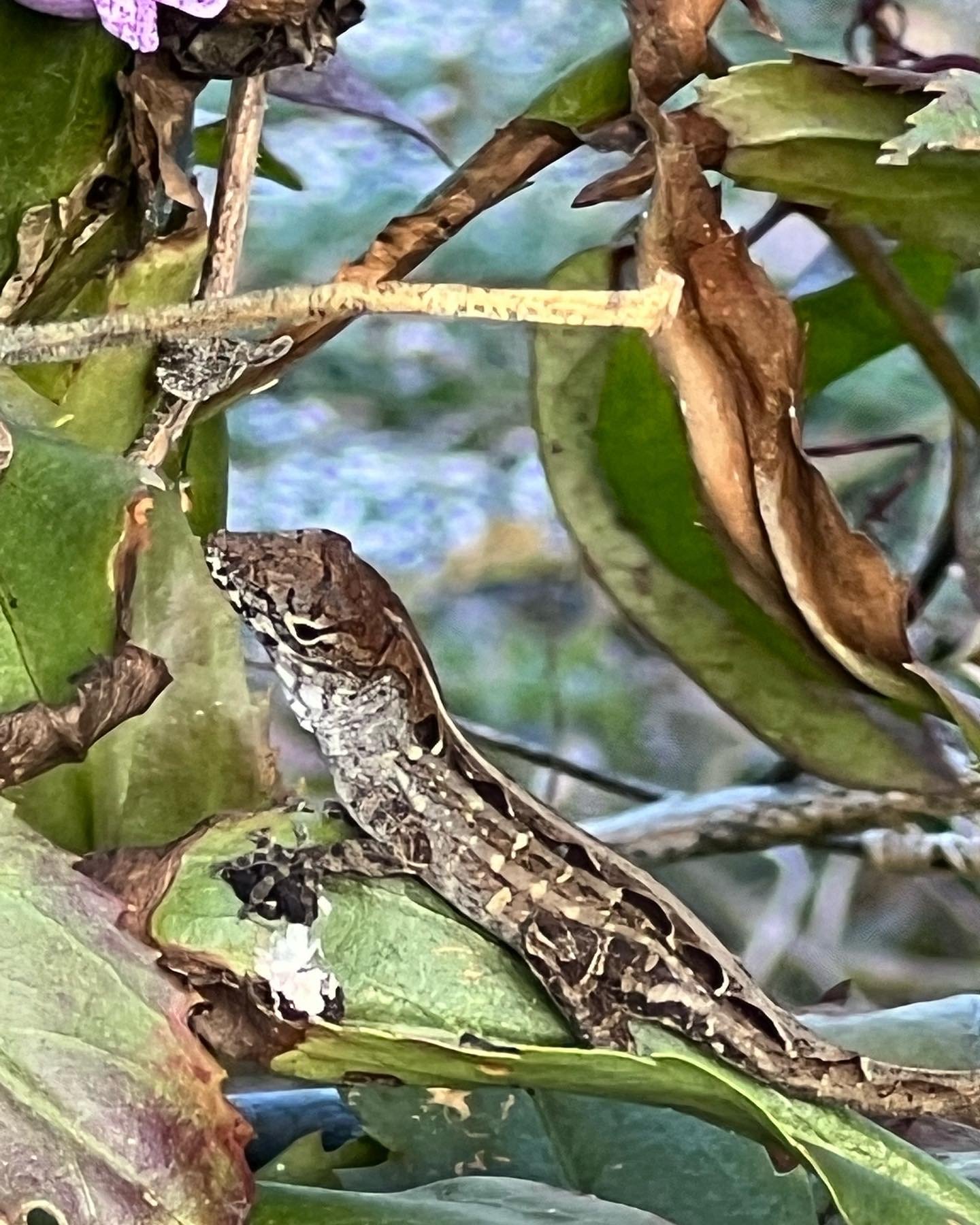The concept of the “weight of truth” emphasizes the essential role honesty plays in our society and the significant pressures that accompany it. This raises an important question: when does the acknowledgment of new scientific discoveries and truths, particularly those overlooked by community leaders, become an ethical or even a justice issue?
In the fields of soil science and environmental studies, we are witnessing the alarming effects of extreme weather patterns, land subsidence, and the loss of biodiversity. Urban policies shaped by city councils, homeowners associations, and societal norms often worsen these challenges. The focus has shifted from environmentally harmful practices, such as maintaining monocultures of non-native grasses using gas-powered tools—which contribute to air and water pollution and the use of toxic chemicals—to a more regenerative approach.
These decisions not only have profound implications for our health, particularly for children who are at an increased risk for cancer, but they also endanger the fragile wildlife biodiversity that is crucial for the planet’s well-being.
Once again, I ask: when does the recognition of new ecological truths begin to outweigh the legacy of colonial landscapes? It is time that our leaders and institutions bear the weight of truth. Let’s encourage and support them. I'm thinking about the situation in Houston, where our waters drain into the Gulf of Mexico. Homeowners are required to OBTAIN A PERMIT to AVOID using cancer-causing chemicals, and reducing lawn mowing which significantly decrease emissions—up to eleven times more than those produced by a new car. This approach supports biodiversity, helps maintain the water table, and prevents land subsidence. Shouldn’t homeowners who want to use chemicals to maintain their perfect lawns and gas-emitting machinery be required to have a permit?








































